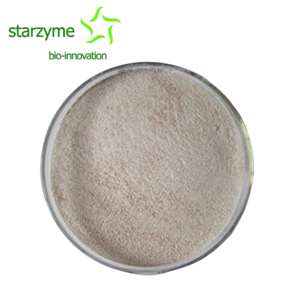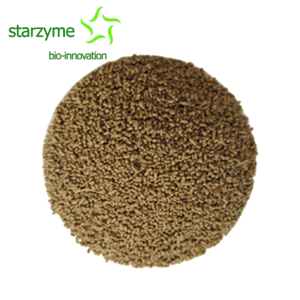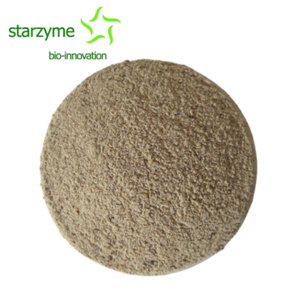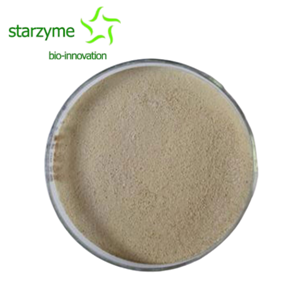Research Progress On the Application of Bacillus amyloliquefaciens in Animal Production

Bacillus amyloliquefaciens (Ba.) is an aerobic Gram positive bacterium widely distributed in nature, non-toxic to humans and animals, and does not pollute the environment. It has abundant metabolites, strong stress resistance, fast growth, good stability, and produces antibacterial substances; Destruction of bacterial biofilm; Regulating animal immunity. It is increasingly valued in animal production, and many scholars have done a lot of work for it. This article provides an overview of the application research of Bacillus amyloliquefaciens in animal production in recent years, in order to lay the foundation for expanding its applications.
Application in the Field of Livestock Product Processing
Listeria monocytogenes, as a common foodborne pathogen, has attracted widespread attention for its high mortality rate in causing listeriosis. Kaewklo et al. found that a new bacteriocin amysin produced by Bacillus amyloliquefaciens SP-1-13LM strain has anti Listeria activity, and purified amysin can inhibit the production of monocytogenes, Salmonella, and Shigella. The activity of amysin can be maintained for 60 minutes at 100 ℃, and it is active at pH 3-9. However, its activity disappears under the action of proteases kappa, α - chymotrypsin, and trypsin, indicating that it is a natural protein. The purified molecular weight analyzed by SDS-PAGE is 5.2 ku. Its anti-Listeria activity was also observed in sliced sausages stored at 4 ℃, suggesting that it can be used as a safe biological preservative.
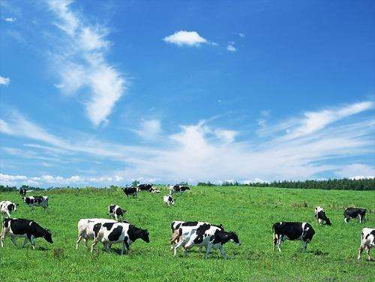
Research by Rao Shengqi et al. has shown that the suitable cultivation conditions for Bacillus amyloliquefaciens F1 strain to antagonize Aspergillus flavus are initial pH 5.5 and incubation at 32cC for 48 hours; The antibacterial rate of the supernatant of nutrient broth fermentation with 0.4% sucrose, 0.2% ammonium citrate, and 0.02% KNO3 added against Aspergillus flavus was 75.2%; The study also found that the supernatant ultrafiltrate (30-100 ku) can inhibit spore germination and delay hyphal development of Aspergillus flavus, and protein with a mass concentration of 0.1 mg/mL can completely inhibit the production of aflatoxin.
In addition, the rennet produced by Bacillus amyloliquefaciens can also be used in the processing of cheese, and it helps to increase the protein hydrolysis rate and shorten the maturation period.
Researchers have applied new technologies to enhance the production of its active substances, laying a more solid foundation for its application in animal production.

